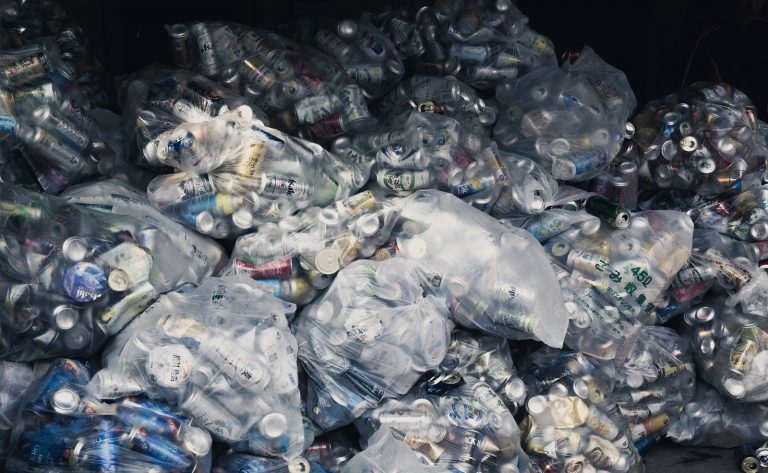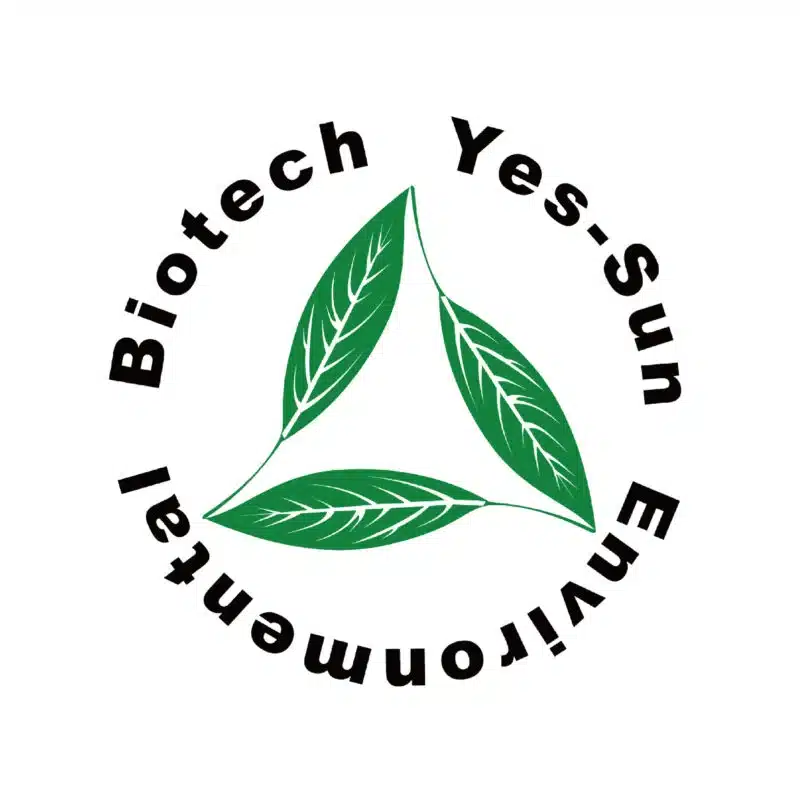Do you have knowledge of how Americans handle and classify garbage?

With the increase in Earth’s population and improvements in human living standards, the generation of human waste has also significantly increased. Proper garbage disposal has become an extremely important aspect of social life. Despite the high standard of living in the United States, dealing with the growing amount of household waste has become a crucial issue. Let’s explore how Americans handle and classify garbage.
Starting with household garbage disposal in the United States, in most residential areas, individuals or communities enter into contracts with garbage companies and pay monthly fees for waste collection services. Garbage is typically collected on a weekly basis. In some communities, household garbage is collected once a week, while recyclable garbage, such as paper, cans, glass bottles, and plastic containers, is collected on a separate day. The government encourages everyone to separate recyclable waste and place it in designated recycling bins. Household garbage bins are either purchased individually or provided through the garbage service contract.
Plants such as leaves and flowers are not included in household waste or recyclable garbage bins. Each household in the United States typically has a yard, and the cut grass from the yard is considered “yard waste” or “garden garbage.” If there are trees in the yard, autumn leaves are also classified as “yard waste.” Disposing of this type of waste usually requires an additional fee.
Proper waste management and garbage classification are essential for maintaining a clean and sustainable environment. Americans are encouraged to actively participate in recycling efforts and follow local guidelines for waste disposal to minimize the impact on the environment.
The collected garbage in the United States goes to various destinations based on specific waste management practices.
The garbage truck collects the garbage and takes it to processing facilities. At these facilities, valuable materials such as paper, plastic, glass, and metal are separated for recycling purposes. The remaining portion of the garbage is sent to waste incineration centers, where it undergoes controlled combustion. This process can generate heat that benefits nearby residents or factories. Lastly, the remaining waste is compressed and transported to landfills for burial. This comprehensive process ensures the proper management of garbage, maximizes resource recovery through recycling, and minimizes the environmental impact of waste disposal.
Waste electrical appliances can be more troublesome to handle than regular garbage.
The previously mentioned garbage does not encompass used electrical appliances. Waste electrical appliances, such as computers, printers, mobile phones, televisions, refrigerators, DVD/VCD players, and VCRs, are referred to as “electronic waste” or “e-waste.” E-waste may contain higher levels of heavy metals like lead, mercury, and cadmium, as well as toxic plastics and flame retardants that slowly release harmful components into the environment. According to sources, e-waste constitutes only 2% of the total waste volume discarded in the United States, but accounts for 70% of the total amount of toxic substances released.
Due to the severe environmental impact, Europe has prohibited the burial of e-waste since the 1990s. In the United States, laws regarding e-waste disposal vary among states, generally requiring recycling. In the contracts between residents and waste disposal companies, e-waste is typically excluded. This means that unused televisions, refrigerators, and similar items cannot be placed in regular garbage cans. Some contracts may allow a limited number of used electrical appliances to be accepted each year, while others require additional fees for their disposal.
Given the harmful nature of e-waste, it is essential to properly recycle and dispose of such items through designated channels to minimize environmental pollution and promote sustainable practices.
Garbage can be classified into various categories based on its nature and characteristics.
Green – Garbage: The green garbage can is designated for general waste or non-recyclable waste. It is used for disposing of items that cannot be recycled or composted.
Blue – Recycling: The blue recycling can is meant for recyclable materials. It is used for collecting paper, cardboard, plastic bottles, glass bottles, aluminum cans, and other recyclable items.
Gray – Food & Yard Waste: The gray garbage can is specifically for food waste and yard waste. It is used for collecting organic waste like food scraps, fruit and vegetable peels, coffee grounds, grass clippings, leaves, and other biodegradable materials.

Garbage:
Included content:
-
Non-recyclable plastic items that are considered as garbage include food packaging containers, Styrofoam (foam), bottle caps, plastic film, empty petrol bottles, plastic plates or other plastic tableware, empty prescription bottles, and water pipes.
-
Non-recyclable paper items that are considered as garbage include diapers, ribbons, dirty or soiled paper, facial tissues, and hardcover books that are no longer usable.
-
Non-recyclable glass items that are considered as garbage include mirrors, window glass, pottery, and incandescent and halogen light bulbs (fluorescent light bulbs and tubes require special disposal methods).
-
Non-recyclable metal items that are considered as garbage include metal caps, oil drums (with the cover removed), sharp metals such as scissors, hangers, and broken gadgets like hair dryers, coffee makers, humidifiers, etc.
-
Proper disposal of these non-recyclable items is important to ensure they are managed appropriately and minimize their environmental impact.
Recycling:
Included content:
-
Clean Paper & Newspaper: This category includes newspapers, letters, envelopes, paperback books (note that hardcover books are considered as garbage), magazines, phone books, wrapping paper, frozen food boxes, ice-blocking boxes, soft drink boxes (without straws), paper cups (without lids), and paper milk cartons.
-
Cardboard: Cardboard should be flattened and free from contaminants like food residue or grease. It should be clean and dry for recycling.
-
Glass Jars & Bottles: Glass jars and bottles should be empty and rinsed. The labels on the jars or bottles can be removed, and they should be without any covers or caps.
-
Cans and Foil: This category includes aluminum foil, especially for baking pans, and other aluminum-based foil products. Empty and rinsed cans can also be included in this category.
-
Plastic bottles, jugs, cups, tubs & bags: These plastic items should be empty and rinsed. Lids or straws should be removed before recycling.
-
Scrap Metal: Metal items that are less than 2 feet long and weigh less than 35 pounds are considered scrap metal. These items should be free from wood, plastic, rubber accessories, sharp edges, or grease.
Food & Yard Waste:
Included content:
-
Food Residue: This category includes food residues without any plastic, glass, or metal products, as well as excluding diapers or pet droppings. It encompasses fruit and vegetable residues, leftovers, bread, powdered food, cereals, eggshells, nutshells, meat, fish, poultry, beans, dairy products (yogurt, cheese, etc.), paper contaminated with food, greasy pizza boxes, coffee filter paper and tea bags, paper towels and napkins contaminated with food, shredded paper, paper containing food residues, and paper bags.



 中文 (台灣)
中文 (台灣) Bahasa Indonesia
Bahasa Indonesia Tiếng Việt
Tiếng Việt Bahasa Melayu
Bahasa Melayu Français
Français Español
Español Português
Português